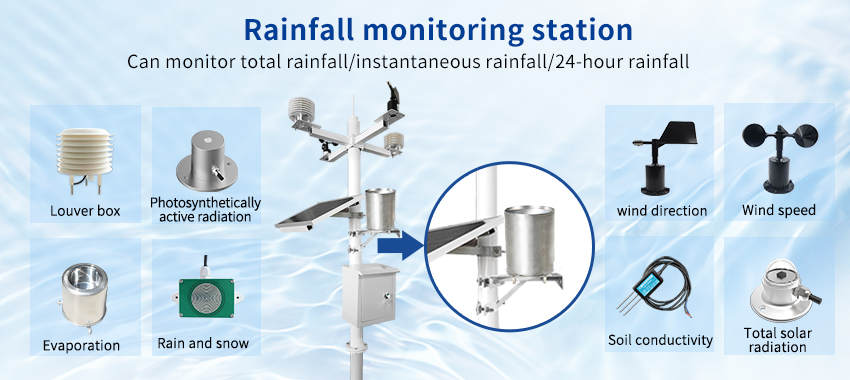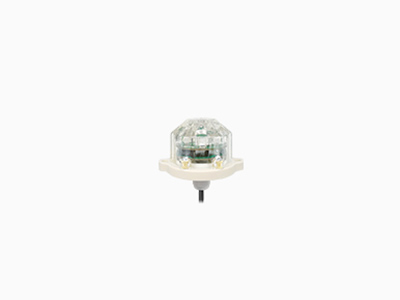An instrument to measure rainfall plays a vital role in meteorology and hydrology by providing accurate and reliable data on precipitation. It enables scientists, meteorologists, and water resource managers to monitor rainfall patterns, analyze climate trends, and assess water availability. With advancements in technology, various types of instruments have been developed to enhance the precision of rainfall measurements and improve the collection of valuable data.

One of the most widely used instruments to measure rainfall is the rain gauge. This simple yet effective instrument consists of a cylindrical container with a funnel-shaped top. The rain gauge is installed in an open area, away from trees or other obstructions that may interfere with rainfall collection. As rain falls into the funnel, it is funneled into the container, allowing for accurate measurement of rainfall depth.

Another commonly utilized instrument is the tipping bucket rain gauge. This device consists of a small bucket mechanism that tips and empties after a predefined amount of rainfall is collected. Each tip corresponds to a fixed volume of rainfall, usually 0.2 or 0.1 millimeters. By counting the number of tips, the rainfall amount is accurately recorded. Tipping bucket rain gauges are highly precise and can provide both real-time and cumulative rainfall data.
In recent years, remote sensing technology has revolutionized rainfall measurement. Weather radar, for example, uses radio waves to detect and measure rainfall across large areas. By analyzing the reflected radio waves, meteorologists can estimate rainfall intensity, spatial distribution, and movement. This technology is particularly beneficial for tracking storms, predicting flood events, and providing early warnings to communities at risk.

Another remote sensing technique is satellite-based rainfall estimation. Weather satellites equipped with specialized sensors capture images and measurements of clouds and precipitation from space. Algorithms then process the data to estimate rainfall rates over vast regions. Satellite-based rainfall estimation allows for continuous monitoring of rainfall patterns in remote and inaccessible areas, complementing ground-based measurements.
Advancements in technology have also led to the development of automatic weather stations (AWS) that incorporate rain sensors. These stations collect rainfall data along with other weather parameters, such as temperature, humidity, wind speed, and atmospheric pressure. AWS units are equipped with sensors that can detect raindrops or changes in electrical conductivity caused by rainfall. This enables real-time monitoring and seamless integration with meteorological networks.

The use of instruments to measure rainfall offers several advantages. Firstly, precise rainfall measurements facilitate accurate climatological data analysis, supporting climate research, and modeling. These measurements aid in studying long-term trends, understanding climate change impacts, and developing effective adaptation strategies. Secondly, rainfall data is crucial for water resource management. It provides insights into water availability, drought conditions, and flood risks, allowing for informed decision-making in agriculture, water supply planning, and disaster preparedness.
Moreover, rainfall measurements have applications in various fields. In agriculture, rainfall data guides irrigation scheduling, crop selection, and pest management, optimizing agricultural practices and increasing productivity. In urban planning, rainfall measurements inform stormwater management strategies and design of drainage systems, preventing flooding and minimizing property damage. In hydroelectric power generation, rainfall data helps forecast reservoir levels and optimize generation capacity.
In conclusion, the instrument to measure rainfall plays a vital role in meteorology, hydrology, and various scientific fields. From traditional rain gauges to advanced remote sensing technologies, these instruments provide precise data on rainfall patterns and intensity. This data is crucial for climate research, water resource management, and decision-making in various sectors. With ongoing technological advancements, the accuracy, coverage, and capabilities of rainfall measurement instruments continue to improve, contributing to better understanding and management of our planet’s water cycle.
